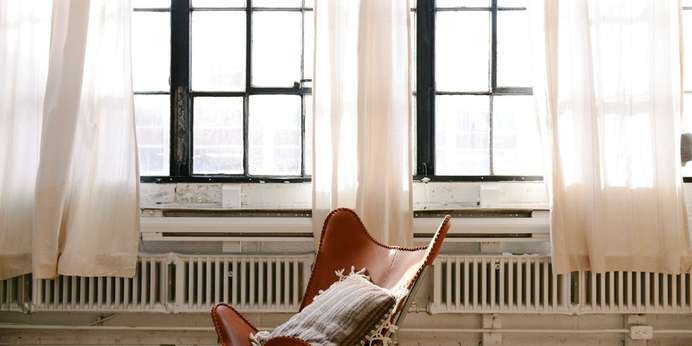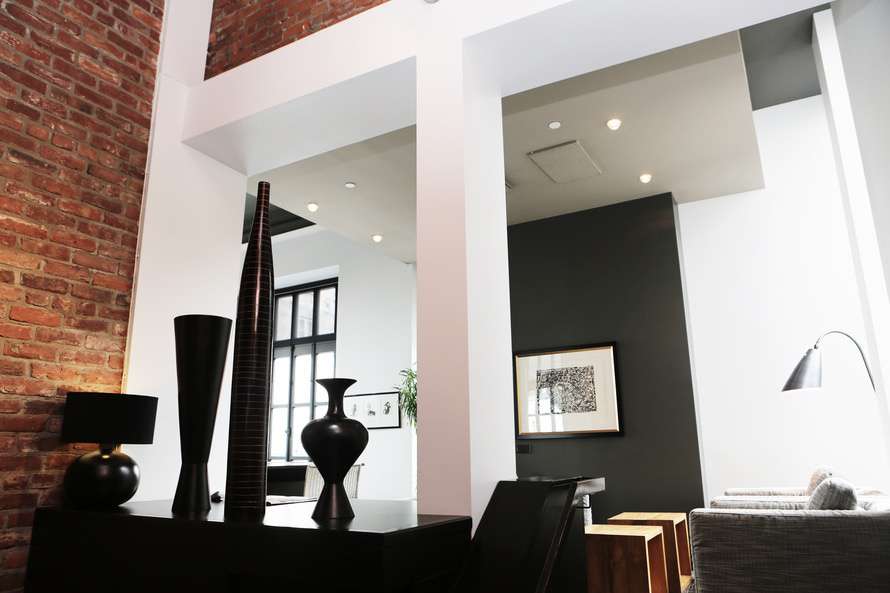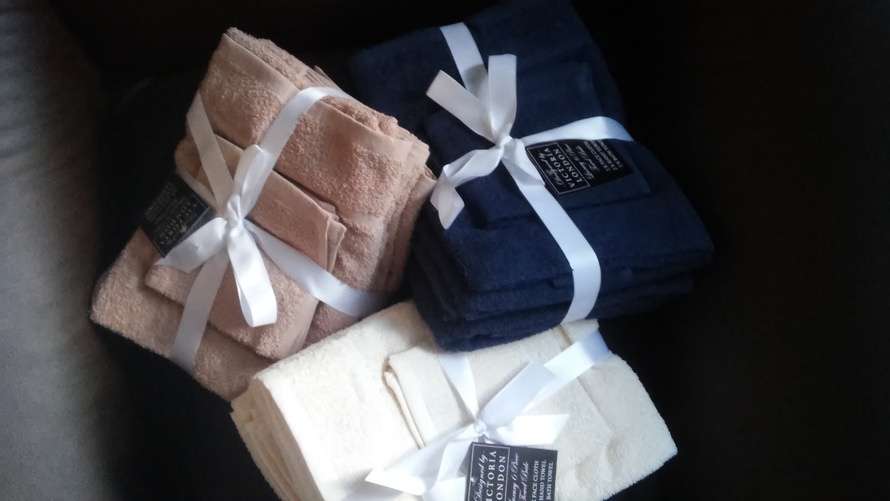
The democratization of design has heightened consumer expectations at all price points. Image Source: Pexels user Unsplash.com
In the past decade, interest in home renovation and decorating has exploded. Today, blogs, magazines, and entire television networks devote themselves to the beautification of homes, showcasing the latest trends while offering helpful hints about how audiences can achieve the look themselves. Indeed, aesthetic beauty is the primary driver of this design boom; according to a Houzz survey, 83% of responders reported that their design projects were undertaken with the goal of “improving the look and feel of a space” while only 54% were looking to increase their home’s value.1 And while for some home design means major renovation, for most it means a focus on the small details that make a house a home.
Retailers know this and have responded by offering more and better home décor items at all price points, effective democratizing good design; in recent years everyone from Target to Ikea have enlisted high end designers to produce affordable and stylish items for the masses while shops like Design Within Reach give consumers easy access to previously hard-to-source items. “Good design used to be something generally reserved for those with money,” writes one home decorating blogger. “Today you can go to Ikea and create a beautiful space without spending an arm and a leg.”2
Christiane Lemieux, founder of DwellStudio, believes that the widespread availability of good design has empowered consumers who, “aspire to a certain level of interior design, but professional help is beyond their reach.” “So they go at it their own way,” she says. “Now they’re the authorities.”3

As demand for color consistency in home decor product lines increases, manufacturers are increasingly turning to instrumental color measurement for accurate color analysis. Image Source: Pexels user lifeofpix.com



